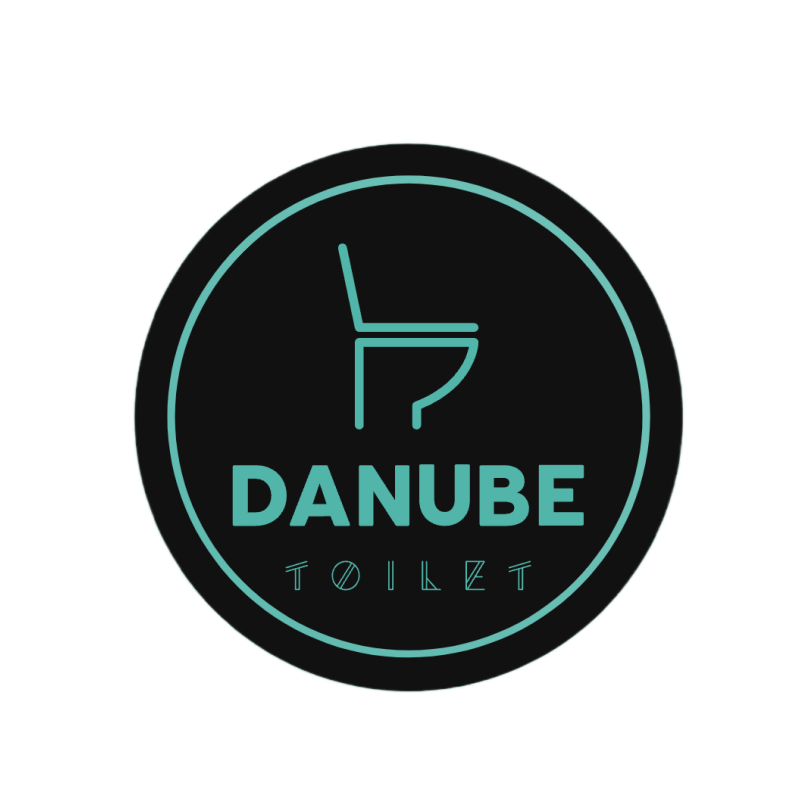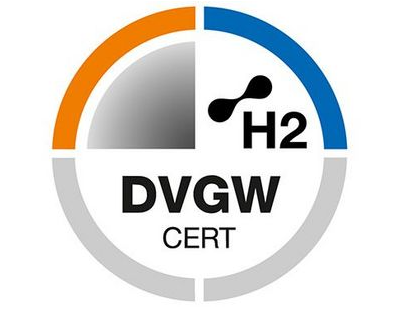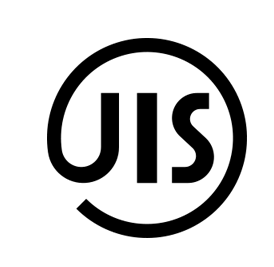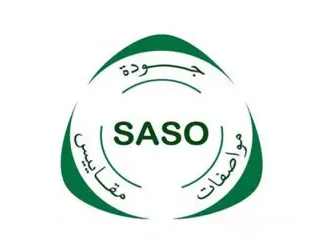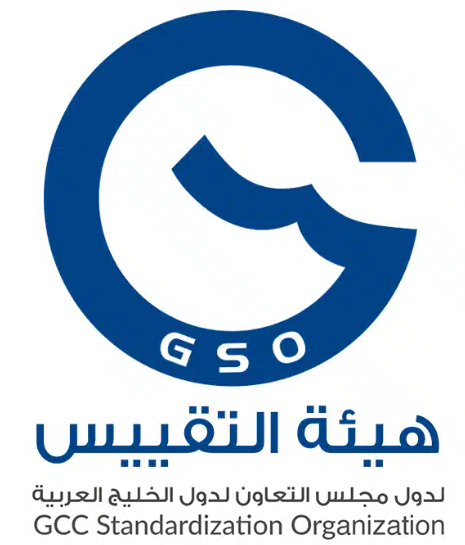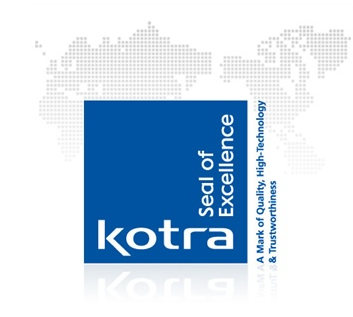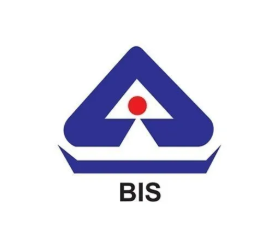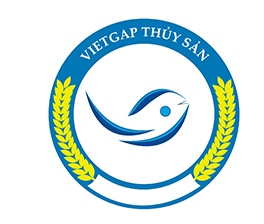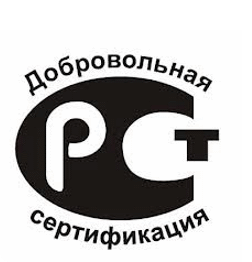Toilet products are not only essential fixtures in daily life but also play an important role in environmental protection, public health, and consumer safety. To ensure product quality, safety, and environmental sustainability, each country and region has established its own certification standards. Understanding these standards is crucial when entering different markets, especially for cross-border procurement and sales.
What is Toilet Certification?
Toilet certification refers to the process of ensuring that toilet products meet the specific regulations and standards of a country or region. These certifications include requirements related to water efficiency, durability, sanitation, and environmental impact. The certification process typically includes product testing, quality inspections, and factory audits to ensure compliance with the relevant laws and standards.
Global Toilet Certification Standards
Certification standards vary across different countries and regions. Below is a more comprehensive overview of the toilet certification standards in various countries and regions.
1. North America: UPC, CSA, NSF, WaterSense
- UPC Certification (Uniform Plumbing Code): A standard in the United States and Canada for plumbing products. Products must comply with IAPMO (International Association of Plumbing and Mechanical Officials) regulations.
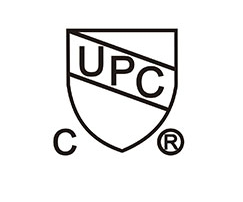
- CSA Certification (Canadian Standards Association): A major certification in Canada that ensures products meet the country’s safety standards.
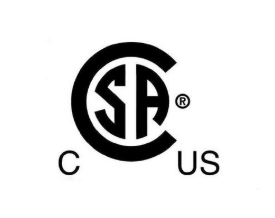
- NSF Certification (National Sanitation Foundation): Ensures that products meet health and sanitation standards, especially those related to drinking water, such as wash basins and toilets.
- WaterSense Certification: Launched by the U.S. Environmental Protection Agency (EPA), requiring toilet products to use no more than 1.28 gallons (4.8 liters) per flush.
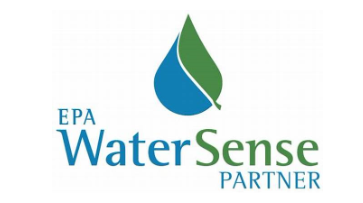
2. Europe: CE Mark, WRAS, KIWA, DVGW
- CE Mark: A mandatory certification for products sold in the EU, ensuring they meet EU health, safety, and environmental standards.
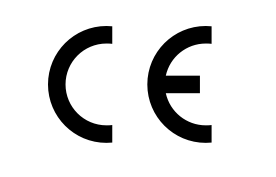
- WRAS Certification (Water Regulations Advisory Scheme): Ensures products comply with water regulations in the UK, especially for water-related fixtures.

- KIWA Certification: A Dutch certification body ensuring products comply with water quality, sanitation, and safety standards.
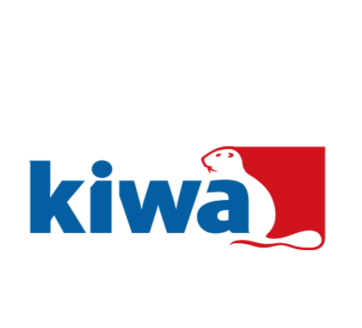
- DVGW Certification: A German certification ensuring products meet water quality and environmental standards, applicable to plumbing and sanitary products.
3. Australia and New Zealand: WaterMark, WELS
- WaterMark Certification: A mandatory certification in Australia and New Zealand ensuring products meet plumbing, safety, and environmental standards.
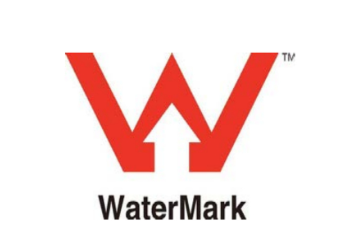
- WELS Certification (Water Efficiency Labelling and Standards): Used to evaluate the water efficiency of toilet products, rating them on a star system to help consumers choose water-saving products.
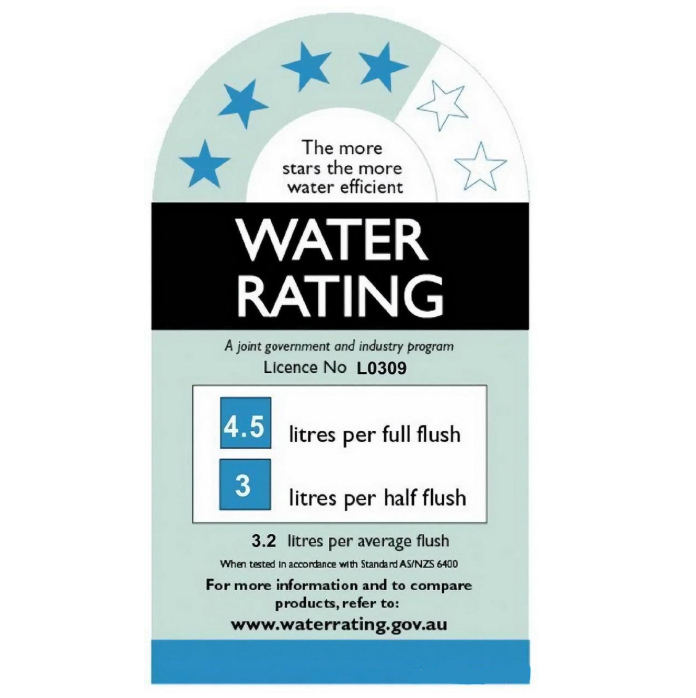
4. China: Ten Ring Certification, Water-Saving Certification
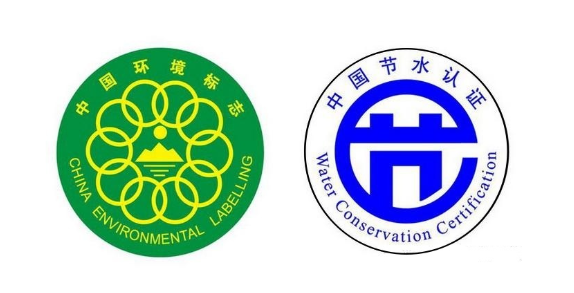
- Ten Ring Certification: China’s environmental certification, ensuring products meet environmental protection and safety standards.
- Water-Saving Certification: Ensures products meet water-saving requirements, especially toilets with a flush volume of no more than 6 liters.
5. Japan: JIS Certification, Water-Saving Certification
- JIS Certification (Japanese Industrial Standards): Ensures toilet products meet Japanese industrial standards, including water efficiency, durability, and safety.
- Water-Saving Certification: Japan requires toilets to have a flush volume of no more than 6 liters, adhering to water-saving standards.
6. Middle East: SASO, GSO
- SASO Certification (Saudi Arabian Standards Organization): All imported products in Saudi Arabia must pass SASO certification to ensure compliance with the country’s quality, safety, and environmental standards.
- GSO Certification (Gulf Standardization Organization): Applicable to several countries in the Gulf region, ensuring products meet unified regional standards, including water efficiency and environmental requirements.
7. South America: INMETRO, Norma Técnica
- INMETRO Certification: A mandatory certification in Brazil ensuring toilet products meet the country’s quality, safety, and environmental standards.
- Norma Técnica Certification (Argentina): Certification in Argentina ensuring products comply with the country’s quality and environmental standards.
8. Other Asian Countries: KOTRA, BIS Certification, VietGAP
- KOTRA Certification (South Korea): A standard certification in South Korea, focusing on water efficiency, sanitation, and environmental standards. All imported toilet products must pass KOTRA certification.
- BIS Certification (India): A mandatory certification in India, ensuring toilet products meet national standards for durability, sanitation, and safety.
- VietGAP Certification (Vietnam): A certification in Vietnam ensuring products meet national quality standards, particularly for water-saving, material safety, and environmental concerns.
9. Africa: SABS, SANAS
- SABS Certification (South Africa): A certification in South Africa that covers plumbing and sanitary products, ensuring they meet local safety, quality, and environmental standards.
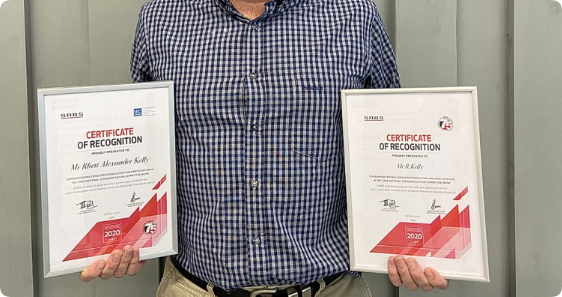
- SANAS Certification (South African National Accreditation System): Ensures products meet South Africa’s quality standards, especially for durability, functionality, and environmental protection.
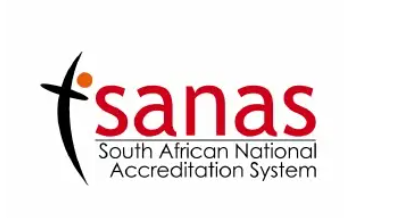
10. Russia and CIS Countries: GOST Certification
- GOST Certification (Russia and CIS Countries): A mandatory certification for toilet products in Russia and some CIS countries, ensuring compliance with local safety and quality standards. GOST certification includes water efficiency, durability, and environmental concerns.
Global Certification Standards Comparison
Here’s a comprehensive comparison table of toilet certification standards from more countries and regions:
| Region | Certification | Water Efficiency Requirement | Key Standards/Performance | Certification Validity | Factory Audit |
|---|---|---|---|---|---|
| North America | UPC, CSA, NSF, WaterSense | ≤1.28 GPF (WaterSense) | ANSI A112.19.2/CSA B45.1 | Annual updates (varies by certification) | Yes |
| Europe | CE, WRAS, KIWA, DVGW | Varies by country | EN 997, EN 33 | 5 years (varies by certification) | Yes |
| Australia/New Zealand | WaterMark, WELS | ≤4.5L per flush (WELS) | AS 1172 (Australian Standards) | 3-5 years (varies by certification) | Yes |
| China | Ten Ring, Water-Saving | ≤6L per flush (typical) | National standards (varies) | 1-3 years (varies by certification) | Yes |
| Japan | JIS, Water-Saving | ≤6L per flush (typical) | Japanese Industrial Standards (JIS) | 3-5 years | Yes |
| Middle East | SASO, GSO | Varies by country | Local regulations and standards | 1-3 years | Yes |
| Brazil | INMETRO | ≤6L per flush (typical) | Brazilian national quality and environmental standards | 3-5 years | Yes |
| Argentina | Norma Técnica | Varies by country | Argentine national standards | 1-3 years | Yes |
| South Korea | KOTRA | ≤6L per flush (typical) | Korean Industrial Standards | 3-5 years | Yes |
| India | BIS | ≤6L per flush (typical) | Indian Standards | 3 years | Yes |
| Vietnam | VietGAP | Varies by country | Vietnamese national standards | 3-5 years | Yes |
| South Africa | SABS | Varies by country | South African standards | 3-5 years | Yes |
| Russia | GOST | ≤6L per flush (typical) | Russian and CIS standards | 3-5 years | Yes |
Why is Toilet Certification So Important?
- Compliance: Different countries have specific laws and regulations for toilet products. Certification is required to legally enter the market.
- Consumer Trust: Certification builds consumer confidence, as it ensures the product meets stringent safety, quality, and environmental standards.
- Market Access: Certification is often a prerequisite for entering certain markets. Products without certification will be prohibited in some markets.
- Environmental Sustainability and Water Efficiency: Certification standards typically include water-saving and environmental requirements, helping to promote sustainable development.
Frequently Asked Questions (FAQ)
Q: Can I sell my products in global markets without certification?
A: Most regions require products to be certified before they can be sold in the market. Without certification, your products may be rejected from entering certain countries’ markets.
Q: Is the cost of obtaining toilet certification high?
A: The cost of certification varies depending on the region, certifying body, and product category. It typically includes testing fees, factory audit costs, and others. While the cost can be relatively high, certification is essential for market access and enhancing the competitiveness of your products.
Q: How long is the certification valid for?
A: The validity of different certifications varies, typically ranging from 1 to 5 years. After the certification expires, the product needs to undergo re-evaluation and renewal.
Conclusion

As global markets place increasing demands on sanitation, environmental sustainability, and water efficiency, understanding the toilet certification standards in different countries and regions is essential. Whether entering the North American, European, Asian, Middle Eastern, or South American markets, knowing the local certification standards and obtaining the necessary certifications is crucial for market success. By partnering with manufacturers like Danube who hold comprehensive certifications, you can ensure your toilet products comply with all necessary regulations and standards across the globe.
